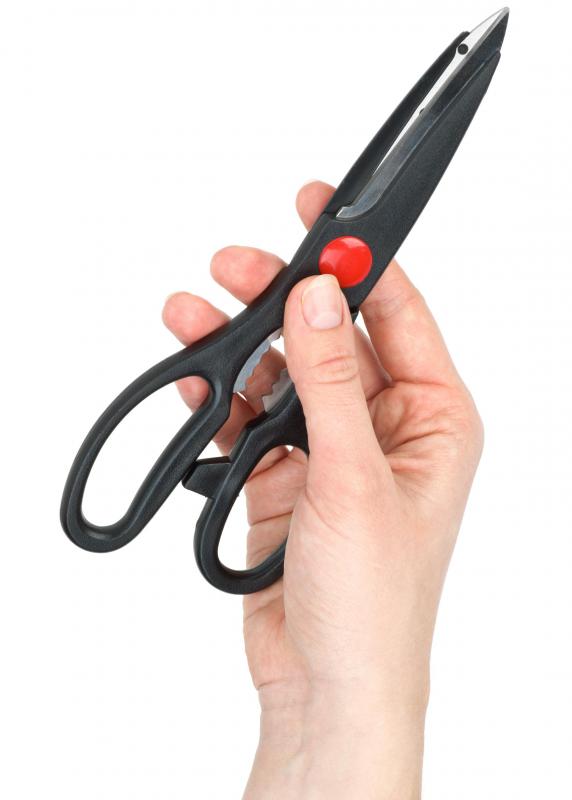At WiseGEEK, we're committed to delivering accurate, trustworthy information. Our expert-authored content is rigorously fact-checked and sourced from credible authorities. Discover how we uphold the highest standards in providing you with reliable knowledge.
What Is the Role of the Cerebellum?
Like the central processing center, or CPU, of a computer, the brain is the control center of the human body. Divided into several different sections, called lobes, the brain is the center of the nervous system, with the capacity to receive, sort, and distribute valuable information that allows the body to respond appropriately. One of these segments — called the cerebellum — plays a crucial role in motor control, the body’s ability to respond to internal and external stimuli with precision. This section also plays a role in cognitive or mental processes including things like speech, attention and, to some extent, emotions.
Located toward the bottom of the brain, the cerebellum sits below a large region called the cerebral cortex. The cortex is an important section responsible for thought, language, and perceptual awareness. In front of the cerebellum sits a portion called the pons, part of the brain stem that connects the brain to the spinal cord to allow the brain to send messages to various parts of the body.

The cerebellum is made up of a series of folds divided into three separate lobes: the flocculonodula, anterior and posterior lobes. Each is responsible for different aspects of brain function. The anterior and posterior lobes of the cerebellum, collectively called the spinocerebellum, are the sections in charge of the precision aspects of body movements. The smallest portion, the flocculonodula lobe, is responsible for balance and the body's ability to know where it is in space. Injuries in this area can cause problems with balance and the ability to walk.

Though the cerebellum does not initiate movements of the body, it does significantly influence its control. Receiving information from the nervous system, brain, and spinal cord, this part of the brain is in control of the precision and coordination coupled with the timing of every move the body makes. This area also plays a key role in motor learning, the body’s ability to acquire new movement and verbal skill such as learning to play an instrument or becoming fluent in a different language.

Another important role of the cerebellum is its part in some cognitive skills such as concentration and attention. It also functions to aid in the ability to learn, understand, and the capacity to utilize language as a complex system of communication both as a motor skill and mental process. Neurologists also believe that the cerebellum is involved in controlling some emotional aspects such as fear and pleasure.
AS FEATURED ON:
AS FEATURED ON:














Discuss this Article
Post your comments